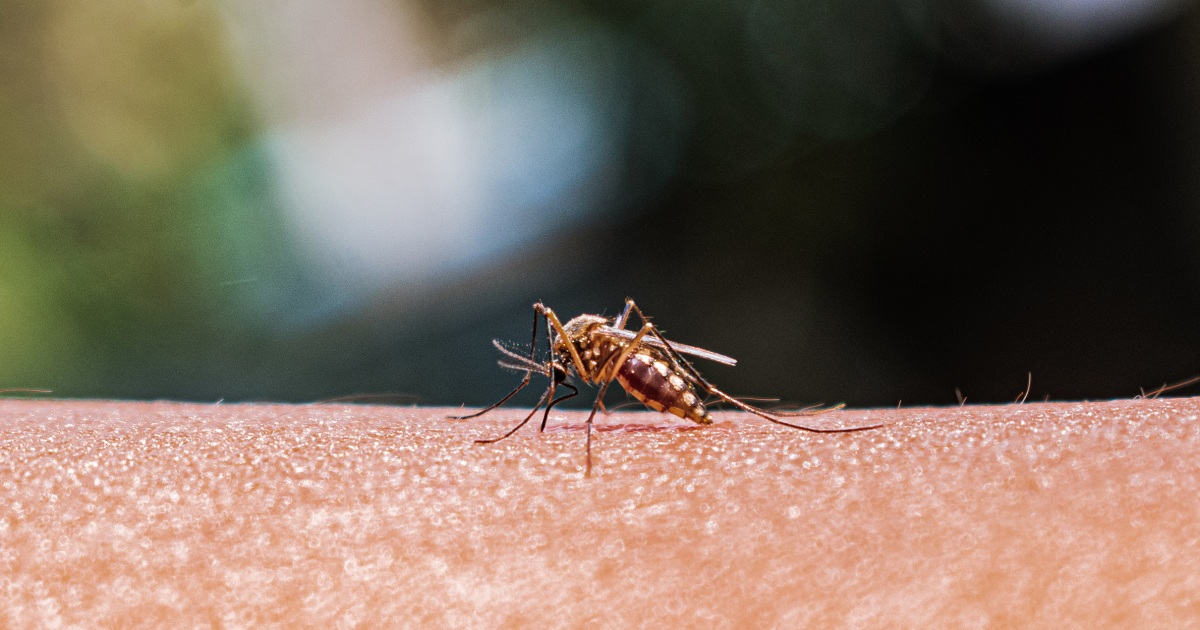The cases were the first in 20 years to be acquired in the U.S., with no links to travel outside the country. The last such local cases were identified in 2003 in Palm Beach County, Florida.
Of course it would be Texas and Florida.
Working in a hospital lab in a neighboring county to these cases. We all just had to bust out the malaria testing gear and do our annual training early.
Malaria is prevalent in tropical and sub-tropical areas… of course Texas and Florida are the first places it returns to the US.
Were you expecting it to pop up in Montana?
Well, she does live in Florida along with Trump. You’d have to expect a Melania infection.
Gin and tonic lets gooooooooooo
IIRC modern tonic water doesn’t have a high-enough quantity of quinine to be medically-useful unless you drink rather a lot of it. I suspect that you’d die of alcohol poisoning prior to curing malaria.
googles
https://en.wikipedia.org/wiki/Tonic_water
In the United States, the US Food and Drug Administration (FDA) limits the quinine content in tonic water to 83 ppm[8] (83mg per liter), while the daily therapeutic dose of quinine is in the range of 500–1000mg,[9] and 10mg/kg every eight hours for effective malaria prevention (2100mg daily for a 70-kilogram (150 lb) adult).[10]
Okay, so if your tonic water is sitting at the maximum legal quinine level and you’re that 150lb adult, you’re drinking 25 liters – 6.6 gallons – of tonic water a day, which…is probably going to give you water poisoning, much less alcohol poisoning.
https://cocktail-society.com/recipes/gin-and-tonic-ratio/
The gin-to-tonic ratio is one of the biggest questions when it comes to the classic Gin and Tonic recipe. You could go bold with a 1:1 ratio or opt for less boozy options like 1:2 or 1:3. We explain what ratio of gin to tonic is best for whom.
To make it short and sweet, the best ratio is 1:3 - one part gin to three parts tonic water. That offers the best of both worlds: Enough gin to highlight the botanical ingredients and enough bittersweet tonic water to balance alcoholic notes and make the drink super refreshing.
Assuming the optimistic 1:3 ratio there, that’s 2.2 gallons of gin a day.
https://www.arkbh.com/alcohol/types/liquor/gin/alcohol-content/
Gin must have a minimum 40 percent ABV (alcohol by volume) to legally be sold as gin
So at least 0.88 gallons of pure ethanol a day.
The median lethal dose (LD50) for Ethanol is 7060 mg/kg.
So for our 150 lb adult, LD50 is 494g of ethanol.
https://en.wikipedia.org/wiki/Ethanol
Density: 0.78945 g/cm³
One gallon = 3785.411784 cm³. Our human is drinking 3331 cm³ of ethanol, or about 2,630 grams. That’s about 5.3 times the LD50. He can’t go throw it up, either, or he’d lose quinine. I’m not gonna look up the rate at which he could dump the alcohol from his system, if he tried spreading the doses out evenly, but my guess is that he’s probably going to be taken down by alcohol poisoning before the malaria is taken down by the quinine.
You did the maths
The amount of quinine in modern tonic water is woefully insufficient for that.
Nooooooooooo my dreams of mandatory gin and tonic, ruined forever! (or at least until they improve tonic water!)
One of my favorite drinks. But I live in Colorado, so I will need to find another excuse. So, er, it’s five o clock somewhere, am I right?
“Ah, You can catch malaria from somewhere”
Time to actually use the resources we have to eliminate those bugs.
We can’t just kill off Texas and Florida…
One can dream
This just brought the image of a bunch of Texans and Floridans shooting with guns at mosquitoes to my head.
To be fair, some of them are big enough for that.
I’ve never seen a mosquito that big in Texas.
Now the fuckin’ dragonflies we have zipping around this year… holy shit…
FUCK mosquitos! and other vector insects from hell! and climate change is just going to pave the way for more infestations of pests!
The cases were the first in 20 years
Last cases happened post-2000.
*Sigh
Malaria used to be endemic in the southern US. We wiped it back in the mid 20th century using DDT, but since we no longer use DDT it was always inevitable that it would work it’s way north again. Not much we can do to stop it without resorting to something like DDT again.
We still use DDT to control malaria.














